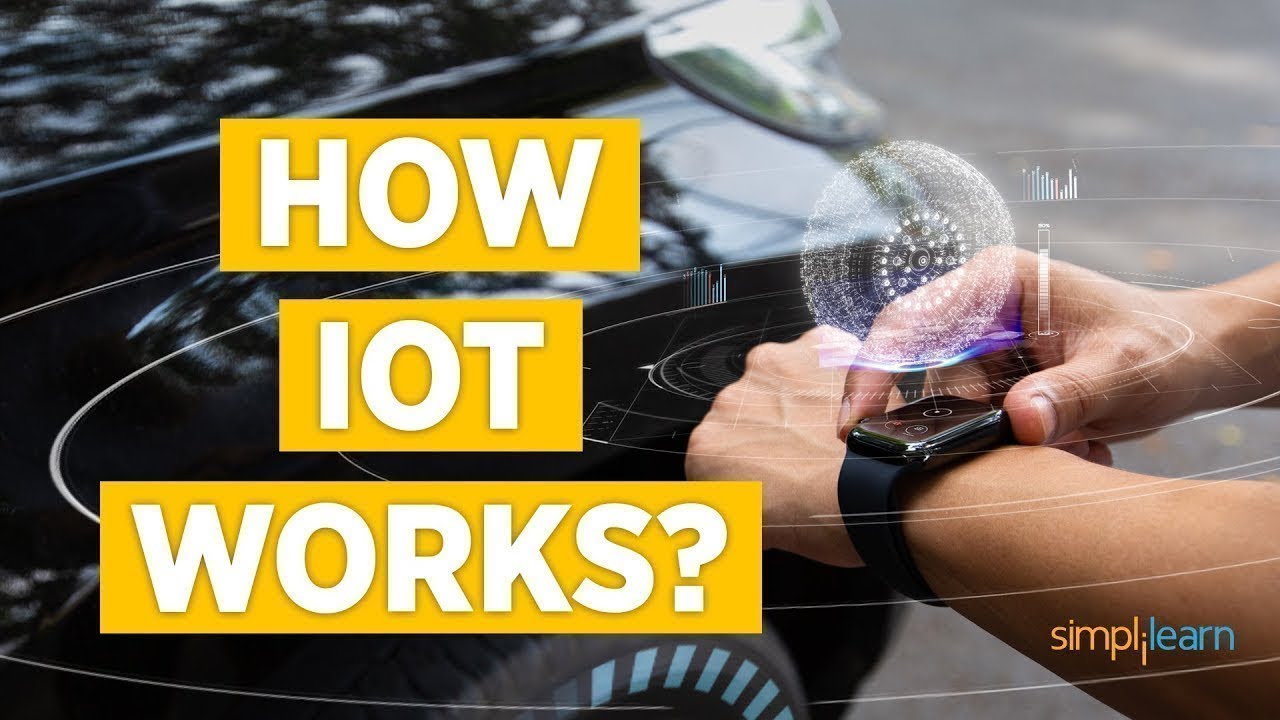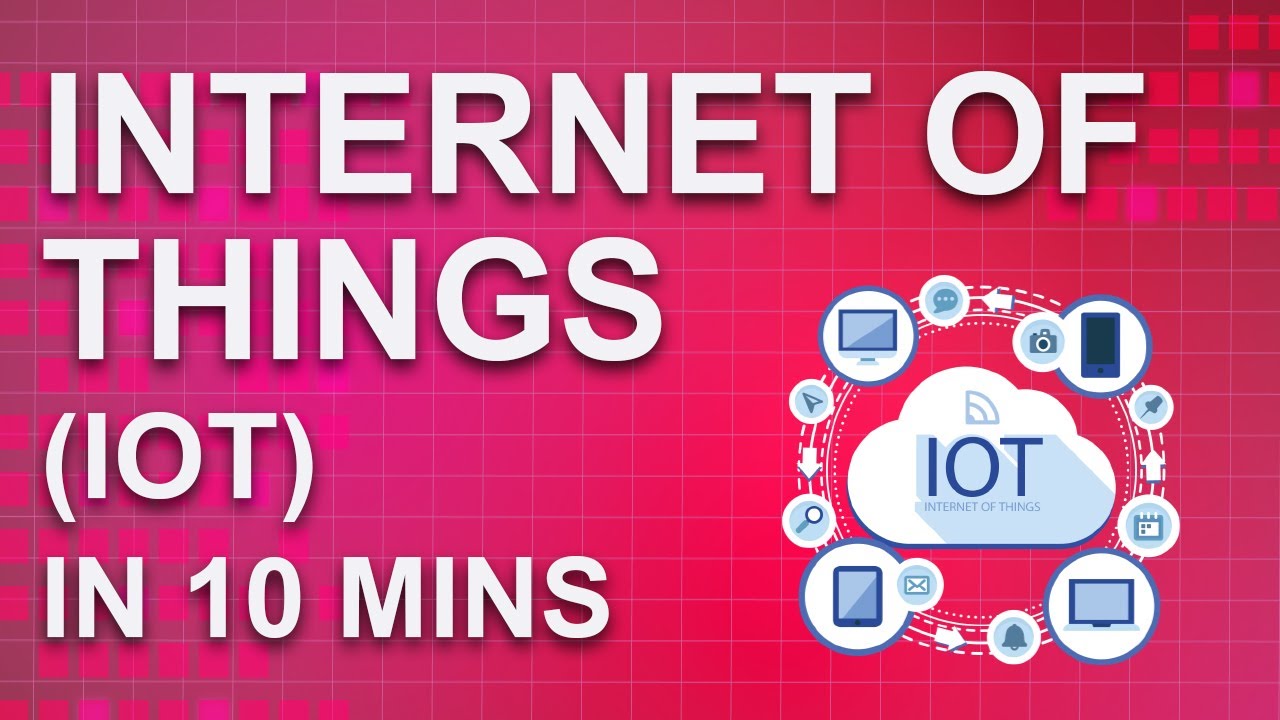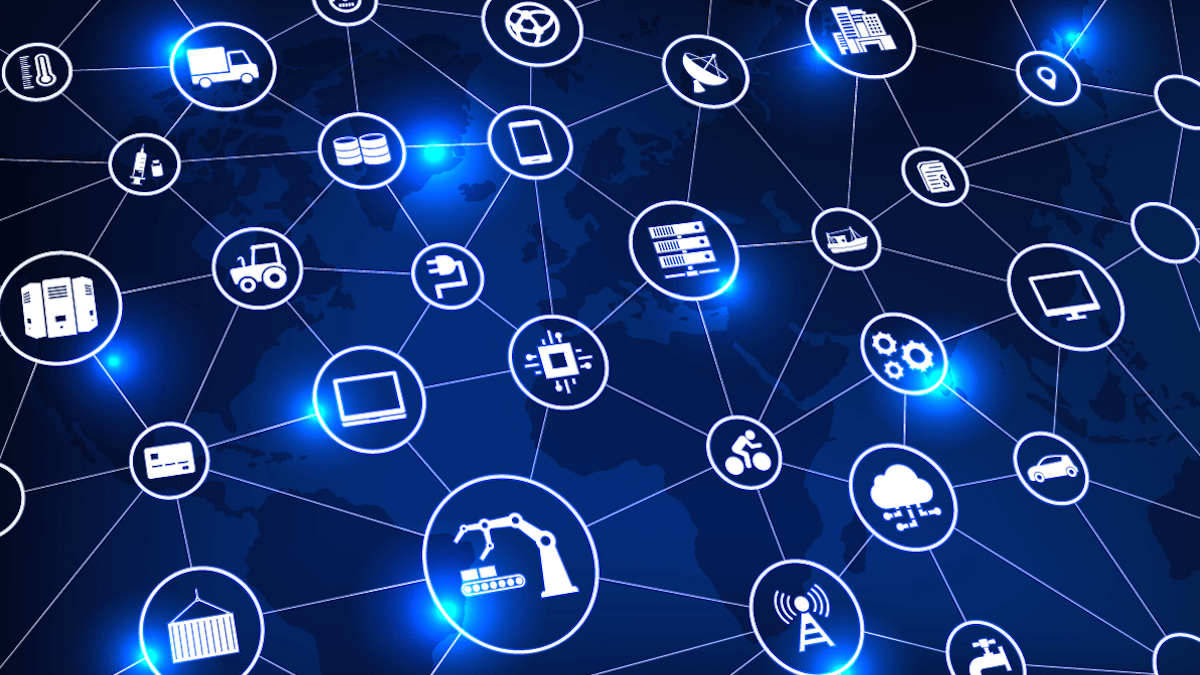Internet Of Things - The Revolution Of Higher Education
The Internet of Things(IoT), which connects devices and things through the Internet infrastructure, has grown in popularity in recent years. As a result of the IoT's ability to connect objects and people at any time and from any location, knowledge and intelligence can be identified and integrated, as well as new knowledge created globally.
Higher education systems must allow for the integration of lifelong teaching, research, and learning activities, as well as their integration with national education systems and labor market instruments.
Simultaneously, the Internet of Things will bring about a slew of changes in the field of education, including technological advancements, educational reform, changes in teaching and learning, practical and experimental changes, changes on campus, changes in security and confidentiality, quality and ethics, financial changes, and a variety of other changes.
How Does The Internet Of Things Create A Smart Education Environment?
The Internet of Things (IoT) transforms every aspect of lifeby transforming every object into a smart entity. This is also true in the educational environment, where one encounters a true chain in which energy is intelligently passed from smart education to smart university, smart classroom, smart teaching, and smart learning, all the way to smart assessment.
Smart Education
Smart technologies like cloud computing, big data, and the Internet of Things make it possible to transform education into smart education and play a key role in creating a smart education environment. Smart education's goal is to equip the workforce with 21st-century skills and knowledge, allowing them to meet society's challenges. The Internet of Things (IoT) infrastructure, which consists of sensing devices, user applications, and communication links, is critical to the success of smart education.

IoT Internet of Things | What Is IoT and How It Works? | IoT Explained in 5 Minutes | Simplilearn
Smart University
Innovative concepts, smart hardware and software concepts, smart classrooms equipped with the latest technology, and education processes based on modern and smart teaching and learning strategies are all part of a smart university. A smart university offers an interactive learning environment, global content, and adaptive learning based on network data.
Smart Classroom
A smart classroom is a place where all educational activities are conducted using electronic devices like digital screens, video projectors, and internet-connected devices. A smart classroom is a physical classroom space where class management, access to learning resources, and interaction are achieved and combined with contextual awareness.
Smart Teaching
Smart teaching differs from traditional teaching in that it uses various electronic devices to deliver content. Furthermore, the content is accessible 24 hours a day, seven days a week, and the learning is adaptive. The Internet of Things (IoT) may provide access to the real world through sensing devices, which makes teaching a difficult experience because it must be tailored and adapted, incorporate various teaching approaches, and address students with learning disabilities (impaired vision, hearing, or locomotion, and hyperactivity disorders).
Smart Learning
Smart learning is a computer-mediated adaptive learning process. Smart learning is defined as a study method that prioritizes the students and the content. It is less device-centric, and its efficacy, intelligence, and adaptability are all dependent on the ICT infrastructure. IoT-based e-learning applications are critical, particularly in terms of setting up a virtual classroom and creating a competitive learning environment, both locally and globally.
Smart Assessment
The traditional assessment framework, which is based on multiple choice tests or knowledge development, is superseded by smart assessment. Assessment becomes an ineluctable process based on ICT in a smart environment, and it evolves in the context of a real IoT ecosystem. In online learning assessment strategies, modern learning systems must incorporate adequate instruments capable of capturing students' behaviors.

Internet Of Things (IoT) In 10 Minutes | What Is IoT And How It Works | Great Learning
Is An IoT-Based Lab Possible?
Lab equipment with new IoT technology and mobile applications comprise an IoT-supported lab. Remote interactive tests and simulations are carried out by connecting IoT devices to various apparatuses such as a microscope, oscilloscope, and chemical reactor. Students can use a Learning Management System (LMS) to gain access to these devices and remotely control them.
A student with a valid username and password can access the system and conduct any experiment. He or she will choose the appropriate lab and test type. If necessary, students can use the IoT module to collect and save the prerequisite data for the experiment. The use of IoT is used to define grade distribution and assessment methods. LMS integrating with IoT supported sensor modules can automatically evaluate them once the student completes all of their LMS integrating attempts or the time allotted for this lab experiment has passed. On the LMS, a student can save required readings, which will appear in his or her profile. It relieves the faculty of a significant amount of stress.
What Are The IoT Challenges In Higher Education?
By making classrooms smarter, the Internet of Things contributes to better education. The importance of high-quality training and research is highlighted by the rapid advancement of global computing and Internet of Things (IoT) technology such as cloud computing, big data, and analytics. It also has an impact on the Internet of Things (IoT) society and encourages the adoption of a new digital philosophy. The number of online classes and degree programs is growing at an exponential rate every day. It accelerates the adoption of digital technology in educational institutions, especially in higher education. In order to successfully integrate IoT devices on campus, educational institutions may face a number of challenges, including:
- The successful implementation of IoT technologies in higher education poses a number of security and privacy issues. Although some work on IoT infrastructure and security is being done, no strategy for identifying business risks associated with data breaches has been defined. As a result, the higher education sector must develop some standards to ensure the safety, security, and privacy of valuable data in IoT-supported applications and collaborative methods.
- Because of content and application stacks, the overall cost of IT technologies is rising year after year. The majority of organizations don't have a plan in place to split the cost of IoT infrastructure. They have budget constraints as well. As a result, new finance, IT, infrastructure, and services are required for the higher education sector.
- Devices and applications that are incompatible with constructing an IoT setup in educational institutions have been observed. IoT technology must be supported on campus by IT equipment and teaching methods. As a result, when considering IoT options, high risk and other barriers are present.
- Other obstacles to successfully implementing IoT in higher education include data integrity, accuracy, and authenticity. To ensure the growth of IoT in this industry, educators must collaborate with government agencies. There is a lack of a comprehensive policy on the use of technology in the classroom. As a result, effective program integration is required.
- To provide sufficient bandwidth for the audio and video streaming of the lessons, a high-speed wireless network is required.
People Also Ask
What Is The Current Situation Of Internet Of Things?
Going forward, IoT devices are expected to continue to grow much faster than the quasi-saturated market of non-IoT devices. The current forecast is that there will be 30.9 billion connected IoT devices by 2025 further driven by new technology standards like 5G.
Why Internet Of Things (IoT) Will Be Successful In The Coming Years?
Faster, lower cost & effective management of entities / environments / products - IoT enables speedier & better quality of monitoring, processing & control as & when needed. Better security embedded in the entire IoT ecosystem including from sensor / actuator to backend analytical engines etc.
Why Is Internet Of Things Important?
IoT enables companies to automate processes and reduce labor costs. It also cuts down on waste and improves service delivery, making it less expensive to manufacture and deliver goods, as well as offering transparency into customer transactions.
How Does IoT Improve Our Lives?
Based on data-capturing sensors and RFID chips, IoT solutions will enable advanced control of hospital resources, process optimization in patient care and smart asset management. Also outside the hospital, IoT in health care will increase significantly.
Conclusion
Today, we have a variety of ways to teach students the skills they will need in a global IoT world, which has completely changed our perception of various services, but we don't always put them into practice in the classroom. Educators and institutions must integrate IoT platforms into science and engineering curricula to help students develop digital literacy and innovation skills in order to meet the requirements of future-proof education.
Modern technology, particularly the Internet of Things in higher education, has opened many doors for new educational ideas. In recent years, a lot of research has gone into designing digital campuses, smart classrooms, and smart laboratories that help students and teachers. Over time, a plethora of new IoT-related devices and applications will be released. It has been discovered that implementing it in the educational sector poses a number of challenges. A comprehensive framework and methodology are required to address these issues.
